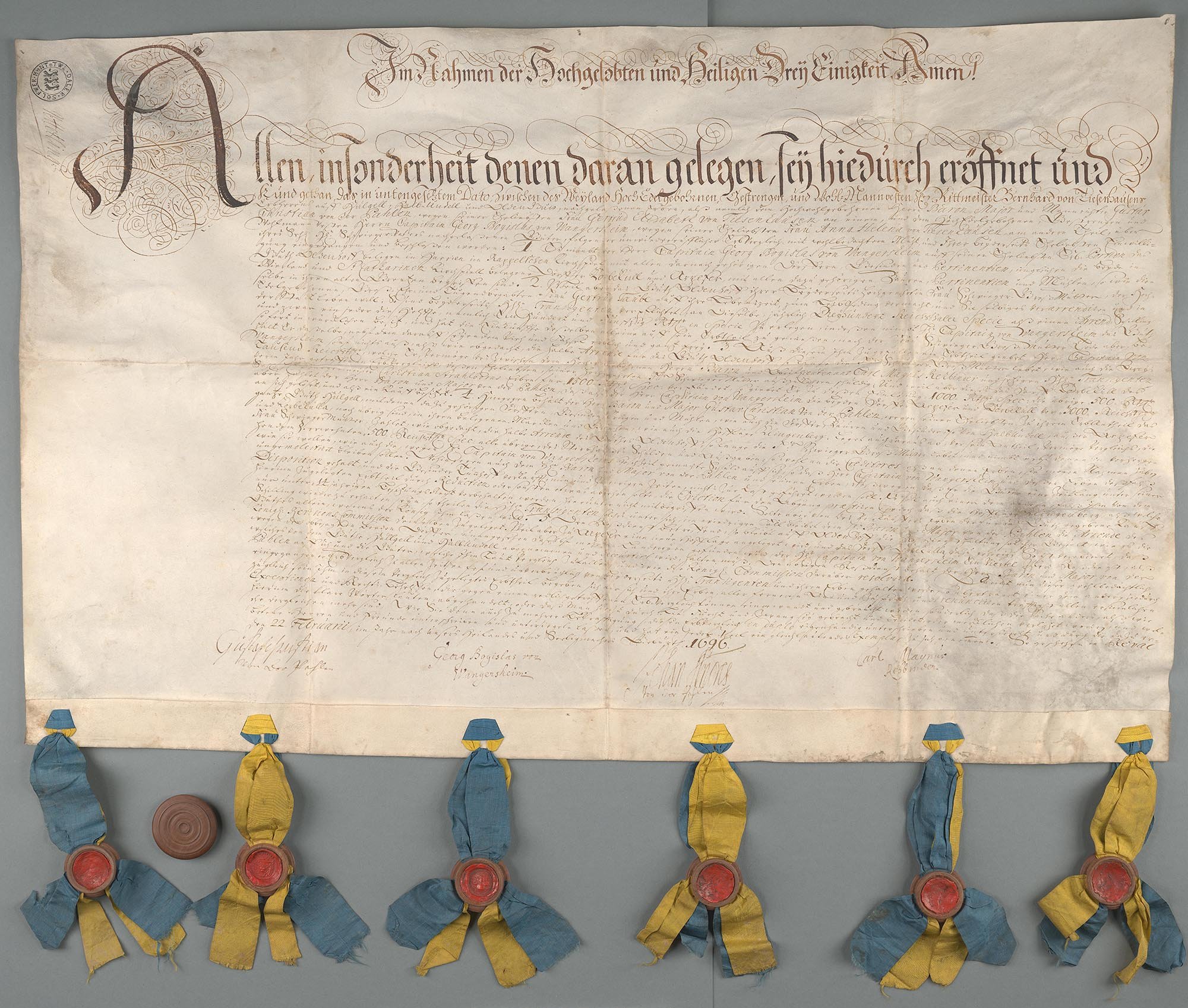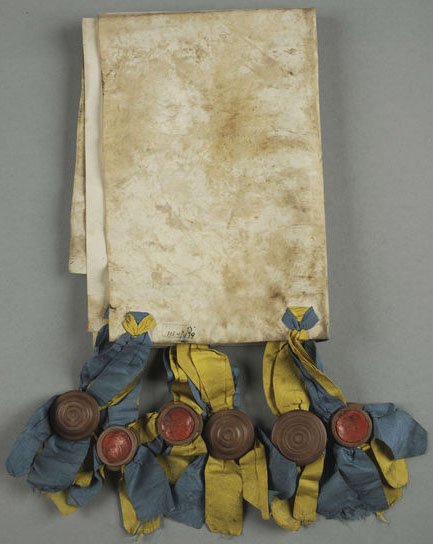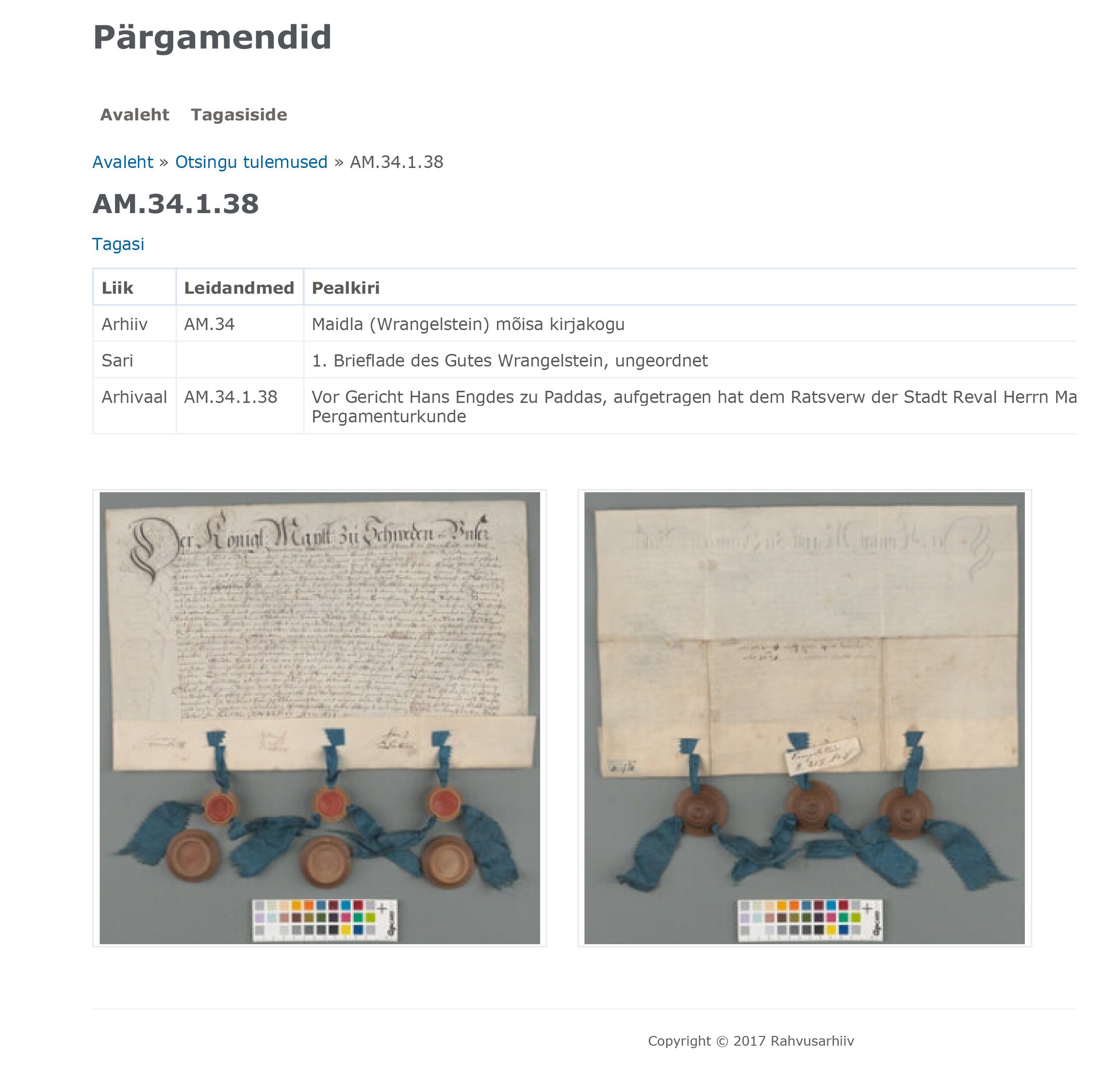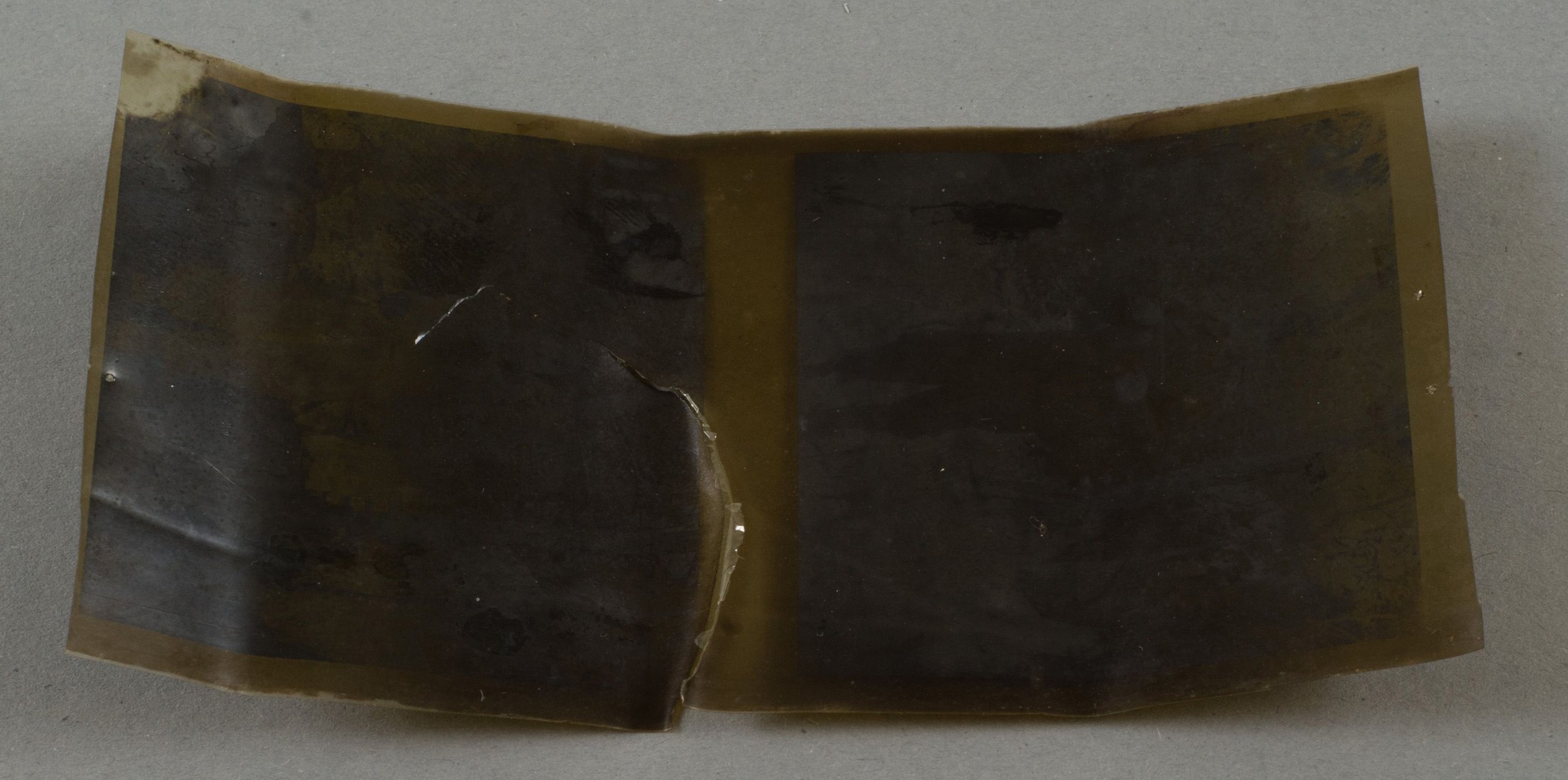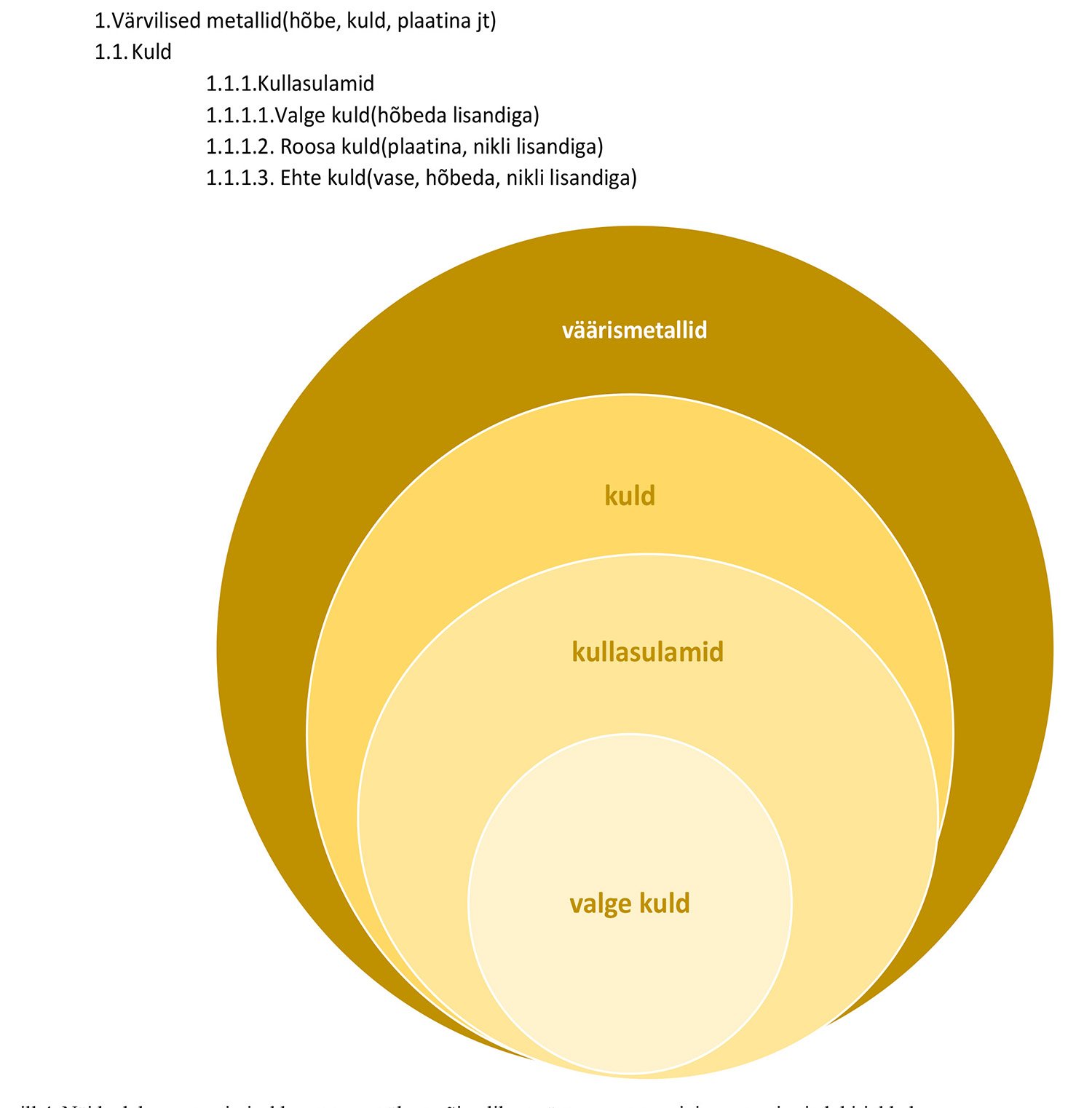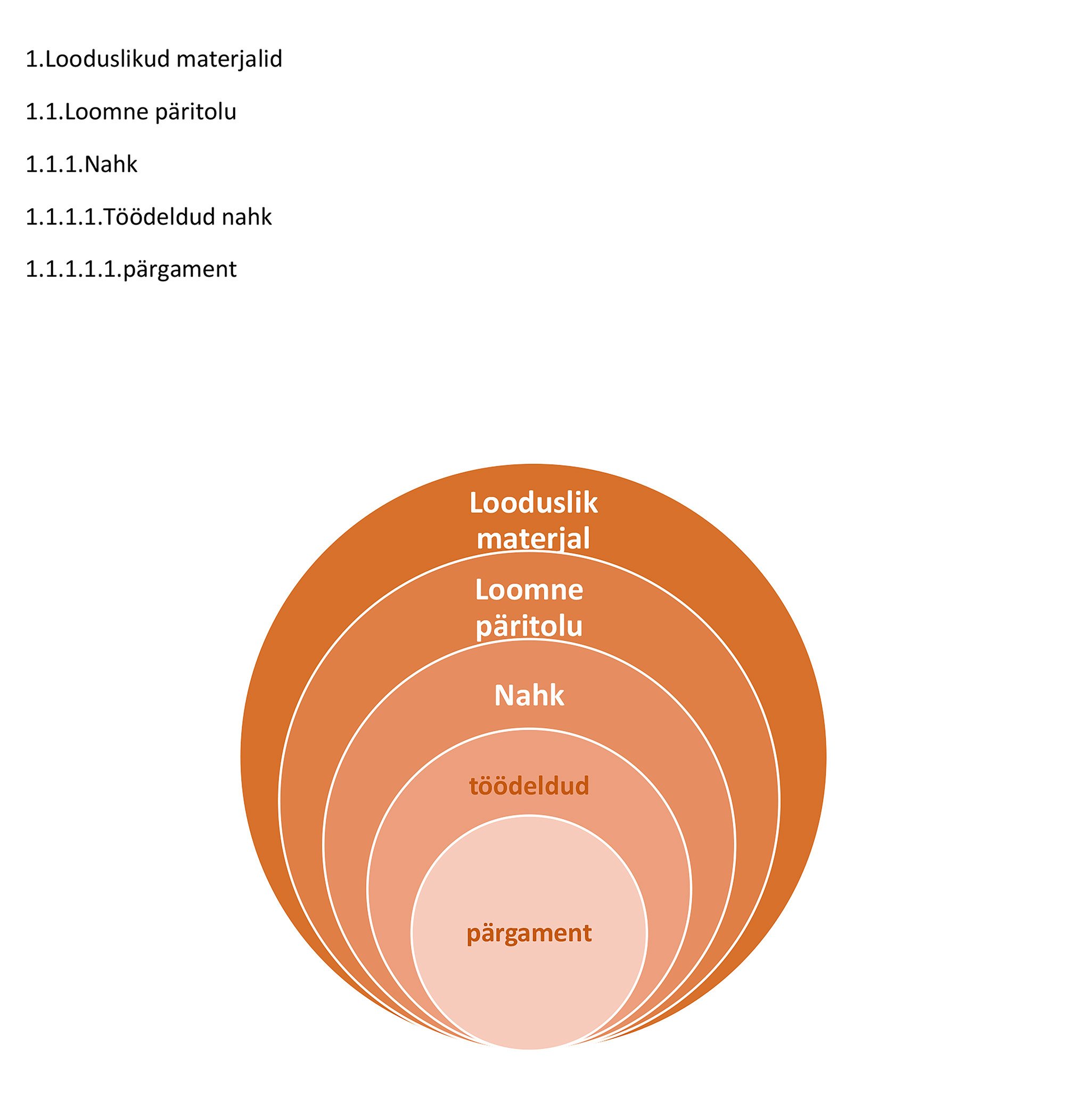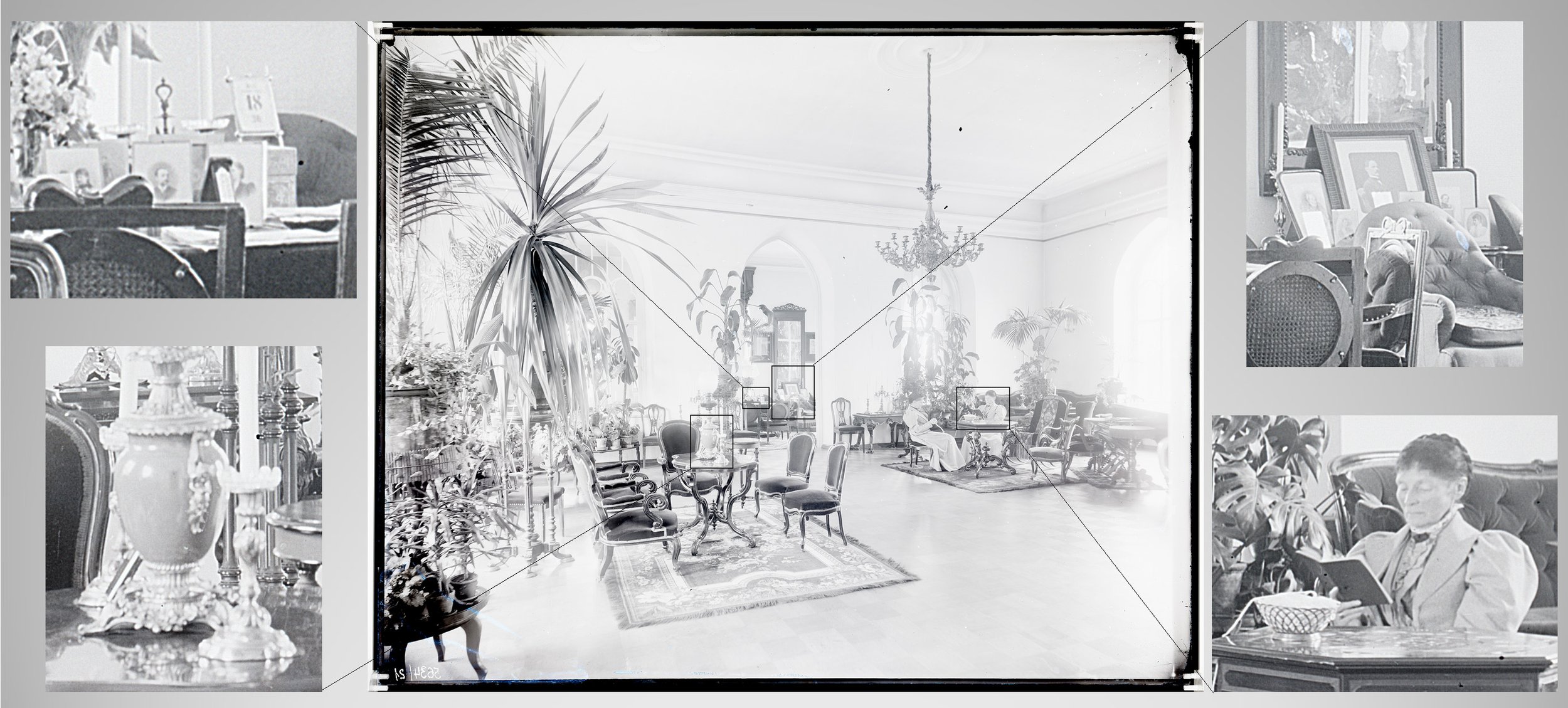VALUE-BASED DIGITISATION
Autor:
Mari Siiner
Year:
Anno 2017/2018
Category:
Digitisation
In which way does the value-based digitisation differ from the ordinary digitisation of an object? Why do we consider one process of digitisation more value-based than another?
As a rule, digital reproduction of two- and three-dimensional objects is considered value-based when
Digitisation creates a good-quality copy, visually as close to the original as possible. The prerequisite for it is the high quality technique of digitisation.
The value of the object has been estimated according to realistically controlled criteria.
The evidence of the value appreciation and digitisation itself have been recorded and described as precisely as possible, so that the result is evidence-based documentation (metadata) for archival records.
The best practice of digitising the cultural heritage requires value-based digitisation, i.e. reproduction of objects on the best available technical level and considering the former practices and experience. Conservation and preparation of the object enhance the result’s essential value. [fig 1],[fig 2]
More value is added when, using various media the digitised material is made available to wider public. So, for example in Estonia the value-based digitised images of parchment documents have also been described and illustrated with photos and made available online http://www.ra.ee/pargamendid. The digital-collection contains parchment documents of the following memory institutions (the History Archives, the History Museum and the Tallinn City Archive) the names of which, the document’s reference data its dating or its title will guide the search. [fig 3]
Unfortunately, quite a few objects in museum collections are in a very bad condition to such an extent that they are even in danger of perishing, so conservation is not possible or expedient any more. In this case high-quality digitisation is the only way to make the valuable information that the object contains available to the public. So, for instance, the photographic material on nitro-cellulose would reveal their precious info only after they have been digitised on a high-quality level. [fig 4],[fig 5]
About the value
The value of the digitised information is directly connected with the value of the object itself. How to estimate this one, though?
The evaluation criteria of cultural-historical objects depend on the level of society’s general political and cultural development. Differently from the market value, the cultural value can be appraised only according to long-time agreements in a culturally sustainable society. This, in its turn, means concord in appreciation regulations.
For memory institutions these agreements are essential, beginning from the management of storing the collections and digitisation. The managers have to decide whether to make up the regulations according to the best known practices or to consider institutional agreements. When documenting the value of an object the estimation agreement and the chosen criteria should certainly be mentioned. Defining the priorities, the objects are compared according to certain criteria. The latter are comprised of the characteristic features according to which the objects are discerned. These criteria have to take into consideration also these values of the objects that do not come from their physical being but have been ascribed to them by man.
The complex task of prioritising is made even more complicated by first achieving a concord in the criteria and then enforcing them. One of the good examples of concord in value appreciation is the data compilation of editions with the highest worth – the Red Book of Estonian Publications. It was compiled according to the internationally accepted criteria agreed upon in libraries1.Together with the cultural value, the condition of the object and the international availability of publications – one of the generally accepted criteria – were taken into account. This kind of data compilation actually yields a database of printed rarities on Estonian history, science and cultural history, includes information on the availability of the original(s) and (preservation/user) copies, and a description of the physical condition of at least one original copy of each title. This compilation is a big help when decisions about collecting, storing, conservation and digitisation have to be made and resources placed. The chosen printed material is, as a rule, given priority – more attention and bigger resources. The collection in the Red Book is certainly the best-stored, conserved, digitised and available one today2.
According to the opinion of the USA National Archives the substantial value of the object should be estimated in addition to its culture-historical one. An object with small artistic or aesthetic value might contain essential information about its substance, material, construction, execution or technology3.
The value of an object is determined according to conventional regulations by independent commissions. The regulations generally contain a list of consensual criteria. It is essential for the future proceedings to determine the number and character of these criteria. So, for example, the following should be helpful when different objects are being compared:
Uniqueness
Unexpected/unexampled due to its physical characteristics
Unique for its age
Special authenticity in dating the age, author and other information
Provenience, the significance of the object’s origin and background
Extent of public interest (presentation value included) in the events and people connected with the object
Connections of the object with important events, places, people
The object being a proof for confirming and recording the sustainability of something
Originality, genuineness
Aesthetic or artistic value
Four categories of values are generally used at Estonian museums – A, B, C and D. The more precise explanation to value estimation in these different categories has been presented in the recommendations how to remove an object from the museum collection4. The value-based digitisation of museum pieces presupposes digitisation of A- and B-category objects.
When the value of the object has been determined, the estimation should be recorded in order to manage the next procedures (conservation, digitisation et. al.) more effectively. Having information about the value of objects in museum collections makes the selection of them for digitisation much easier.
Proof-based documentation
The value of a digitised document is greatly enhanced when the object has been recorded before and the data in it proved, i.e. the data has been corroborated as qualified and veritable.
This documentation (description) of the object can increase the public interest, especially in case the data prove the value and explain the essence of it clearly. High-quality information and skilful use of the data raise the educational level of the public significantly. When the terminology applied is clear and the keywords unambiguous the public will understand it unequivocally and be able to use the information better. Whatever walk of life, it functions better with clarity of mind supporting it. More often than not the documentation of the object lacks systematic proficiency in the use of terminology that is based on the meaning of a concept as a unit in a bigger conceptual system. [fig 6],[fig 7]
Thus the proof-based data gives quite a bit of surplus value to any museum piece. High-quality data can be capital, the value of which depends, in its turn, on the demand and supply. Quite unexpectedly, the value-based digitised data may increase the public interest in the object and, conclusively, raise the cultural and market value of it.
About the quality of digitised matter
Meeting the demands of the rules in the Objective Preservation Imaging guarantees the quality of the digital reproduction at value-based digitisation. The best practices of the field are presented in the Netherlands’ memory institutions publication Metamorfoze Preservation Imaging Guidelines (further on the Netherlands guidelines)5 and the USA memory institutions publication FADGI Technical Guidelines for Digitizing Cultural Heritage Materials. Creation of Raster Image Files (further on the USA guidelines)6.
Many museums, archives and libraries in European, North and South American and Asian countries have taken these guidelines into extensive use. The regulations for guaranteeing the quality and minimal loss of information at the reproduction of the original specify what demands should be met with the digitisation technology, creating the metadata and what the work environment and management (calibration, profiling et al) should be like. The picture files reproduced according to these regulations are detailed and as similar to the original as possible in their tonality and colour-transmission. [fig. 8], [fig. 9]
The best practice of making preservation(master) copy of the cultural heritage should warrant digitisation on the best possible technical level and in the use-neutral manner. The special demands on the picture files that depend on their would-be application should be considered later, when the preservation(master) copy are being processed7. In order to avoid subjectivity and info-loss the first repro of the original – the digital preservation(master) copy is not processed. Only turning cropping of the image are allowed in the case. These files are stored in archives in accordance with the regulations of long regulations of long term preservation.
The best practice allows changing the tonality, colours and contrast of the preservation(master) copies on these copies that are made from the preservation(master) copy. Although these copies have significant info-loss, they are better for the human sight when used and more suitable to make a print of.
The higher the quality of digitisation, the larger the digitised files are. This, in its turn, makes all the procedures with the files (like archiving and preservation) as well as the IT technology used more expensive. For the sake of more reasonable use of the resources decisions are often made to digitise different objects on a different level of quality, considering the cultural-historical value of the object and its specific characteristic features. The recommended grades of qualification should be agreed upon and described in the regulations beforehand. The Netherlands guidelines specify three and the USA ones four grades of qualification. The grades in the quality of picture files differ in their resolution, depth of colour, transmission of colour, noise, parametric distortions and some other parameters.
At Estonian museums we have Museaalide digimise juhend (Guidelines for digitising museum pieces) to assist us on value-based digitisation. This was compiled based on the best practice of the Netherlands and USA guidelines8. According to these guidelines pieces of art and photographic materials (i.e. museum pieces of A and B categories) are digitised on the highest level of quality in Estonia.
Summing up we may conclude that all the procedures within the value-based digitisation process follow the one basic goal – help to preserve the cultural heritage, improve the technical quality of digitised information and make the material available to the public.
The present and earlier copies of the Renovatum Anno present a number of interesting statements, opinions and descriptions of conservation projects that, to a lesser or greater extent, also belong to the field of value-based digitisation.
REFERENCES:
Criteria from the Estonian Red Book on Printed Matter: http://web3.nlib.ee/PunaneRaamat/
Digitised editions of the Estonian Red Book on Printed Matter: http://www.digar.ee/arhiiv/et/kollektsioonid?id=2001
National Archives and Records Administration (NARA). https://en.wikipedia.org/wiki/National_Archives_and_Records_Administration
Recommendations how to remove objects from a museum collection. Part 3. Categories of museum pieces (A, B, C, D) http://www.kul.ee/sites/kulminn/files/nouandeid_museaalide_muuseumikogust_valjaarvamise_korraldamisel_0.pdf
Guidelines of the Netherlands memory institutionshttps://www.metamorfoze.nl/sites/metamorfoze.nl/files/publicatie_documen....
Guidelines of the USA http://www.digitizationguidelines.gov/guidelines/FADGI%20Federal%20%20Ag....
http://www.digitizationguidelines.gov/term.php?term=archivalmasterfile
Guidelines for digitisation of museum pieces/objects. Version 1.0. SA EVM Conservation and Digitisation Centre Kanut. 2016https://wwwkul.rik.ee/sites/kulminn/files/digijuhend_2016.pdf

